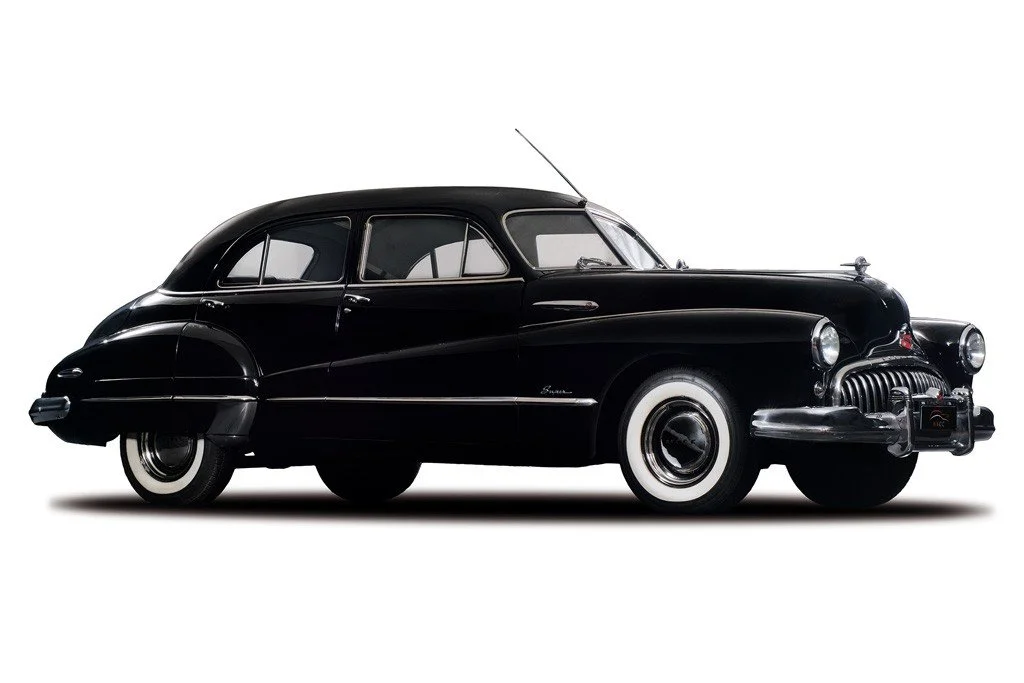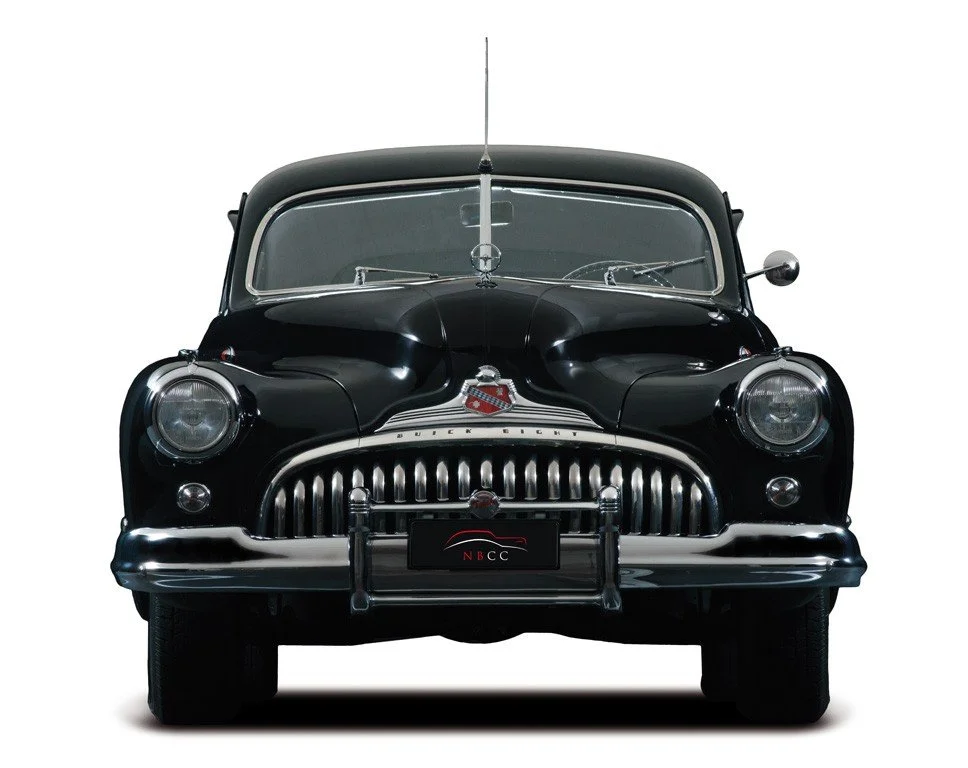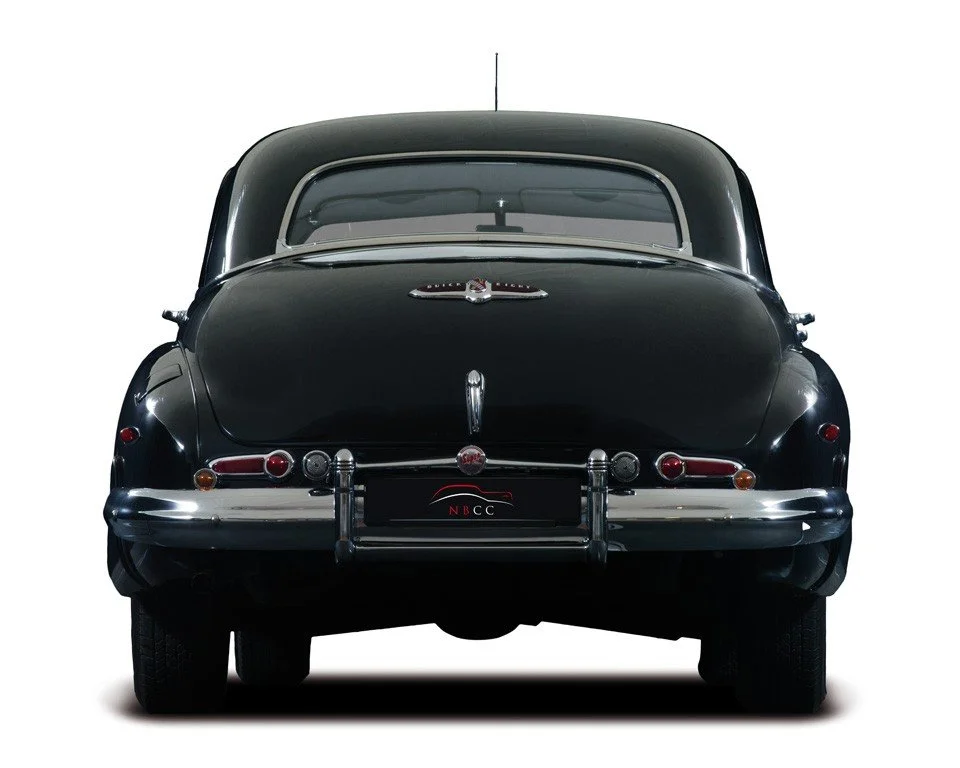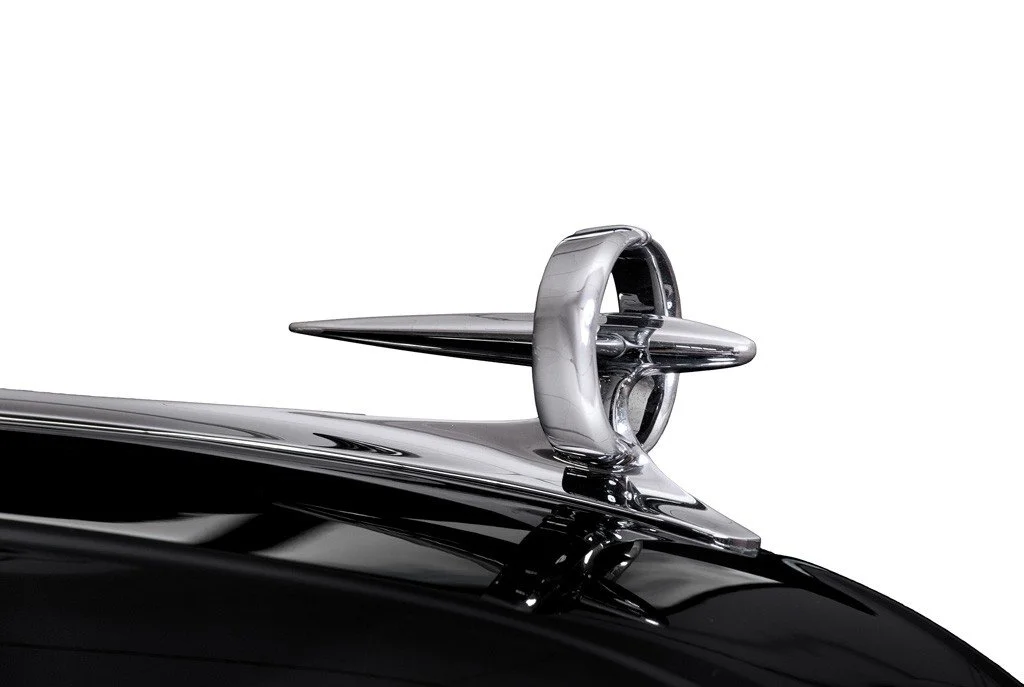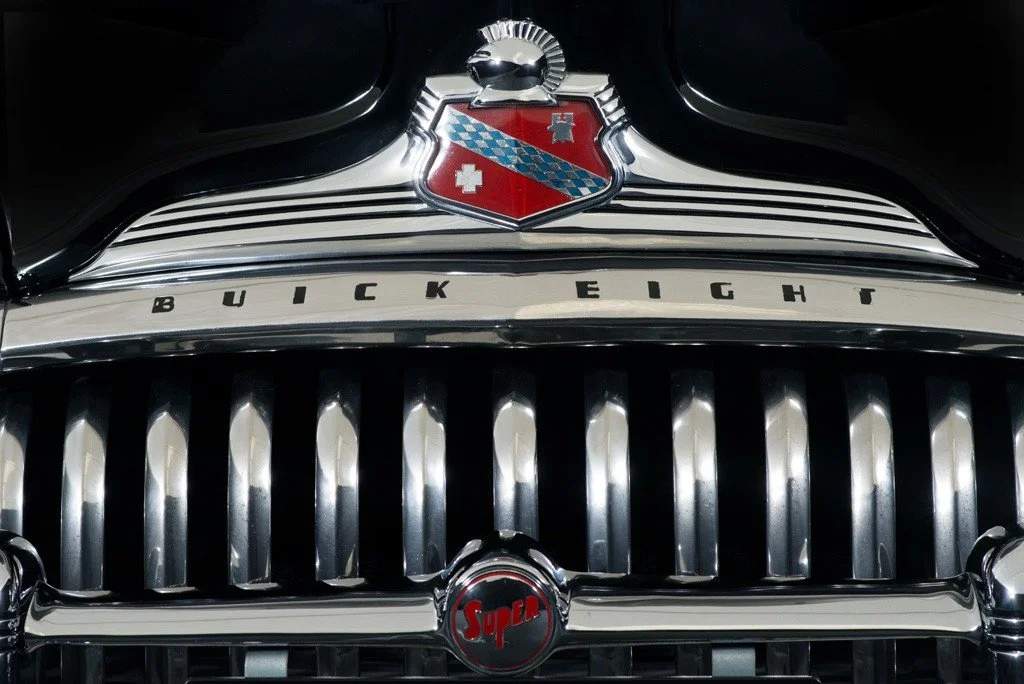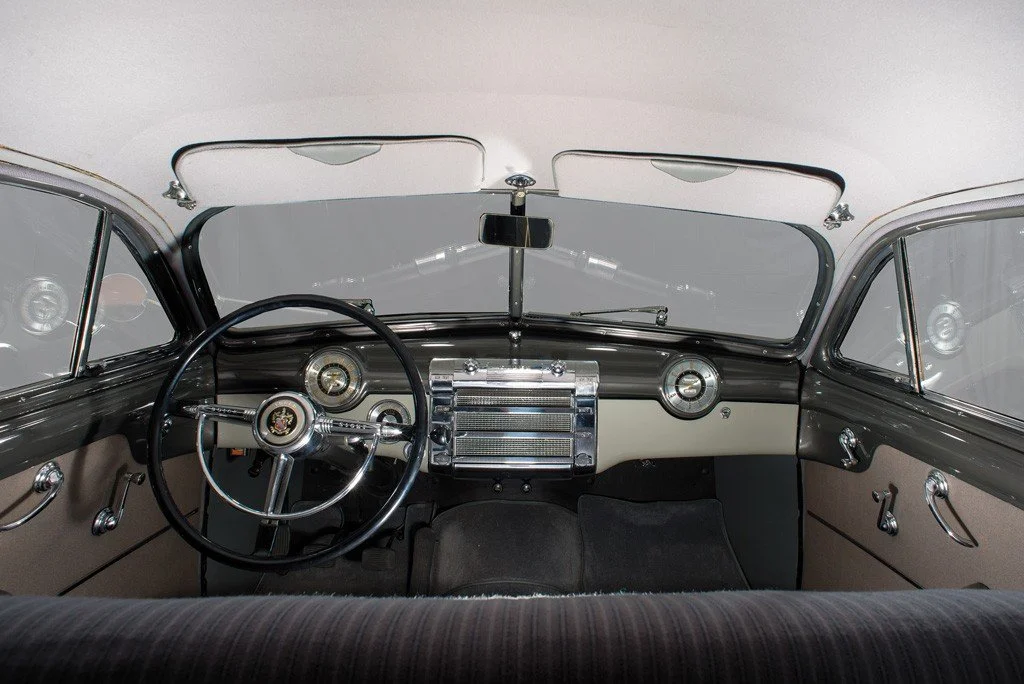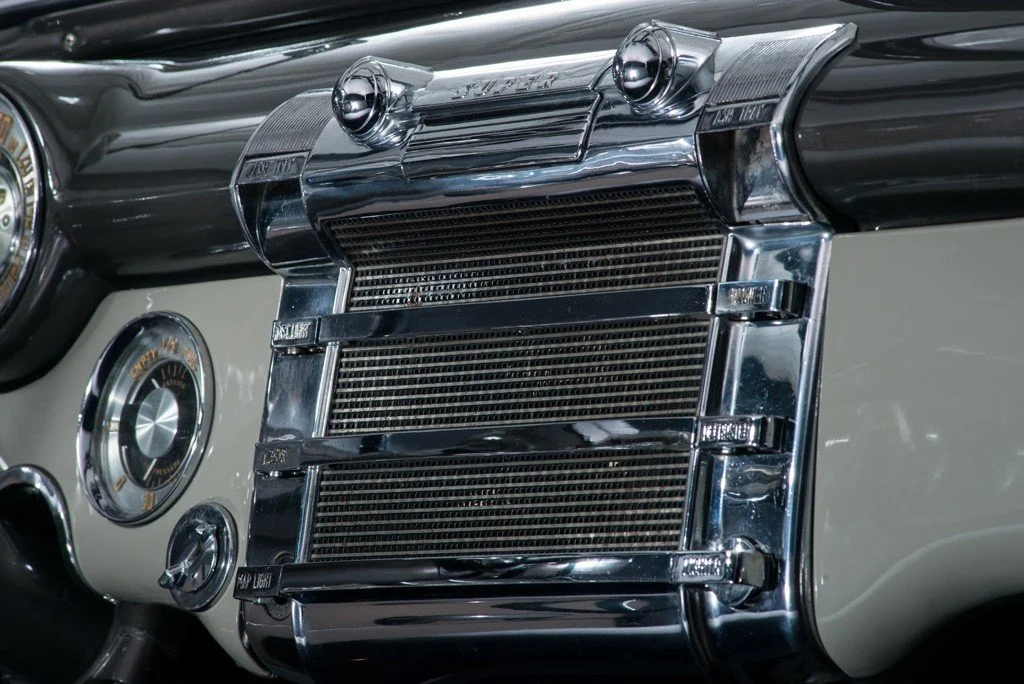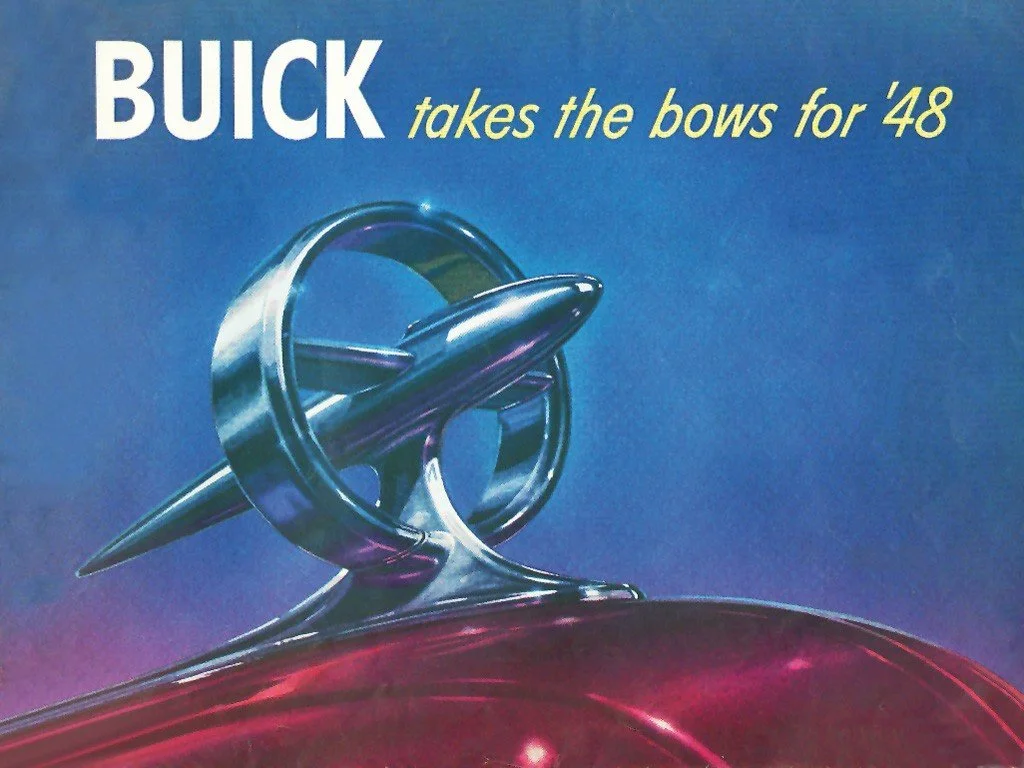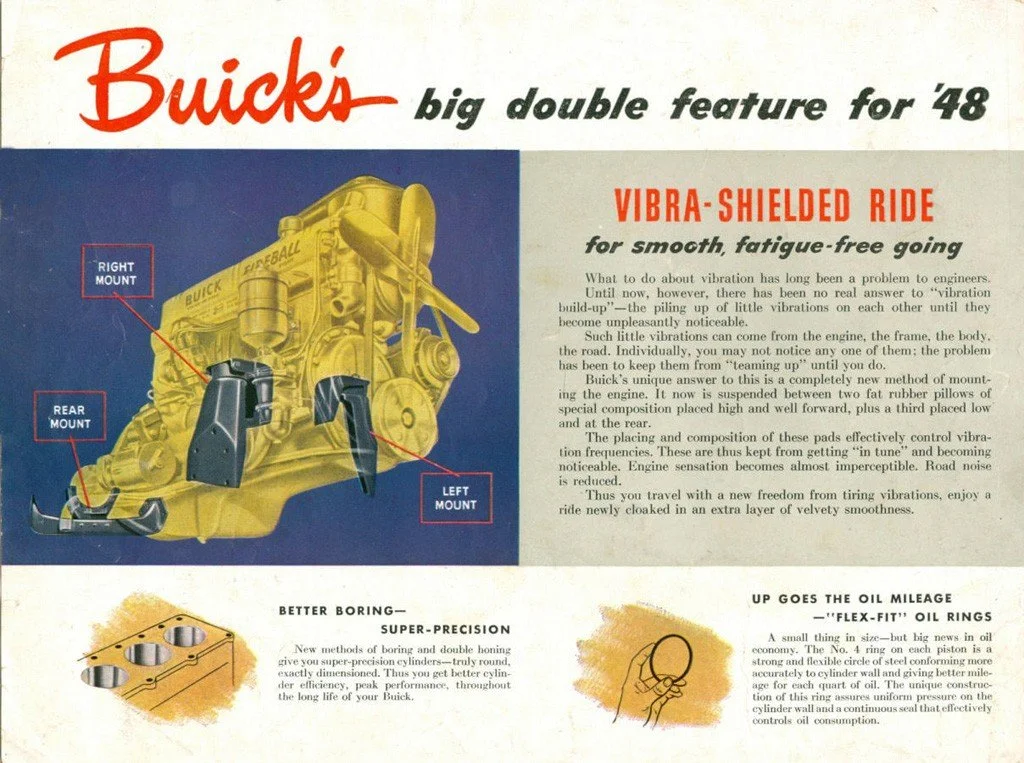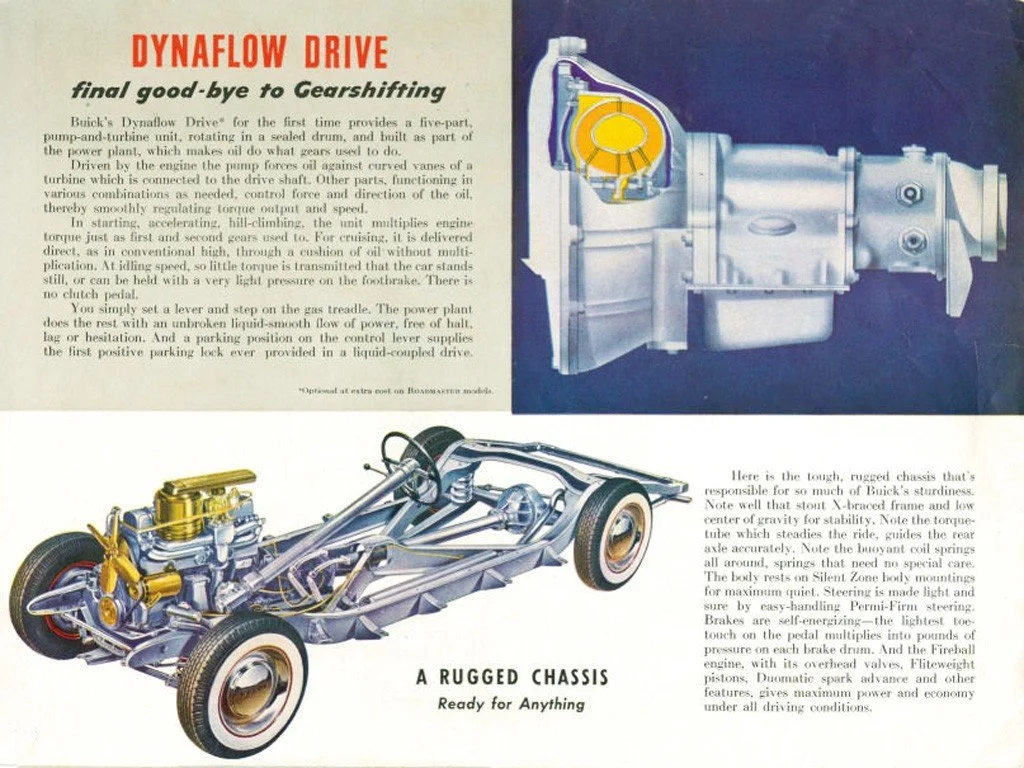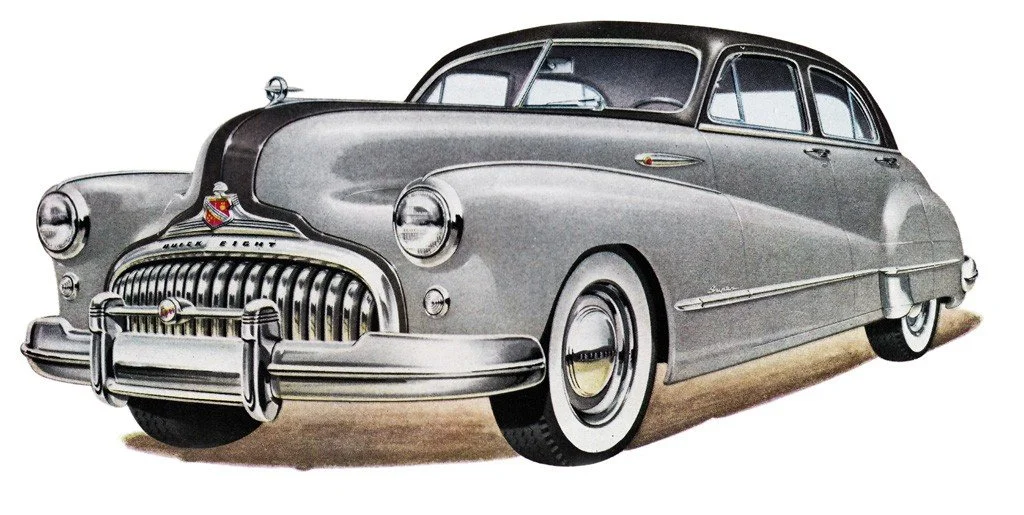-
This Buick Special 4-door Sedan Model-51 has an unusual history as an export version; built in Europe and rediscovered in Holland. Originally assembled in the Swiss factory in Bienne, which built vehicles for General Motors from 1935 to 1975, our Buick was destined from the start for the European market, where it circulated for about 50 years before being purchased for the Bulgari collection.
In 1998 it was bought from a Dutch dealer in need of restoration work to give it a new lease of life. On arrival in Italy the staff of the Bulgari collection in Rome had the body removed from the chassis using the classic “frame off “ system, whereby, thanks to the assistance of specialists, all the parts damaged by time such as suspension, brakes, arms and mechanical parts including the original engine were restored.
The fabric for the interior trim and seats was purchased in the States, identical to the original in Gray cloth, while the actual upholstering work was carried out in Italy. The chrome parts; such as the fenders and the “big front grille” were sent to the USA and returned to their original brilliance, creating a splendid model that was back on the road in 2000 ready to face the new millennium. -
Company
General MotorsWheelbase
124inInterior trim
Gray clothBrakes
front and rear drumsMake
BuickLength
212.5inEngine
inline 8 - 248.1cidTires
7.60x15Model
Super Model-51Width
80inCarburetor
1 Carter 2-barrelOriginal Price
$2,087Body style
4-door SedanWeight
3950lbsHorsepower
115hp @ 3400rpmProduction
47,991Model year
1948Exterior paint
BlackTransmission
3-speed manual -
When World War II ended, the automotive manufacturer’s dream of “pent-up demand” was realized. Buick was in a particularly good position since it had redesigned much of its line for 1942, and these cars were lightly face-lifted and re-trimmed for the post-war boom.
In the year that Charles E. Wilson replaced William Kudsen as head of General Motors, the 1948 Buick range was very similar to that of 1947; both aesthetically and technically it still adhered to the line built before World War II. There are three series: the entry-level Special (named Series 40), the intermediate Super (Series 50) and the more luxurious Roadmaster (Series 70), and in each series different body styles are available giving 26 possible variations. No matter the body style, each measured out to 212.5 inches in overall length, with a curb weight ranging from 3,700 to roughly 4,200 pounds. Several Buick styling cues were already in place, such as the waterfall grille--rather, the infamous "teeth"--upper grille bar and the bombsight hood ornament.
The 1948 model caused Buick a fluctuation in sales; with 213,599 cars sold, the company went down to sixth position in the ranking of American constructors, two places lower than in 1947. The overall best seller of the 1948 models is indeed the Super 4-door Sedan (classified as Model- 51), with 47,991 units sold. The 1940s Buick Special is considered among the most popular in the Buick range, thanks to its size derived from the Roadmaster and a more economical engine. In 1948 the engine of the Super was increased by 5 horsepower and is a 248.1 cid eight cylinder inline (straight-eight) with 115 hp.
In 1948, for the first time, the optional Dynaflow automatic transmission was released for the Roadmaster series (with a Fireball 320.2 cid engine), while the Super had a classic 3-speed manual transmission. Among the new features of 1948 was a revised suspension offering a more favorable bearing towards the ground, chrome badges with the model’s name appearing on the front fenders, and a new design for the steering wheel with three spokes was introduced. The wheel rims had a series of chrome rings added for decoration, while inside the car the instrument dials had an aluminum-colored background. In 1948 a Super 4 -door Sedan had a starting price of 2,087 dollars. Post-war Buicks remain a practical and handsome example of curvaceous 1940s styling. They are spacious and comfortable, albeit with a rather soft ride. Production was high and many parts were shared across the line, making ownership relatively simple. And while the Super isn’t the first postwar Buick to spring to mind for most enthusiasts, the sedans and sedanets are particularly affordable and representative of 1940s American motoring.

